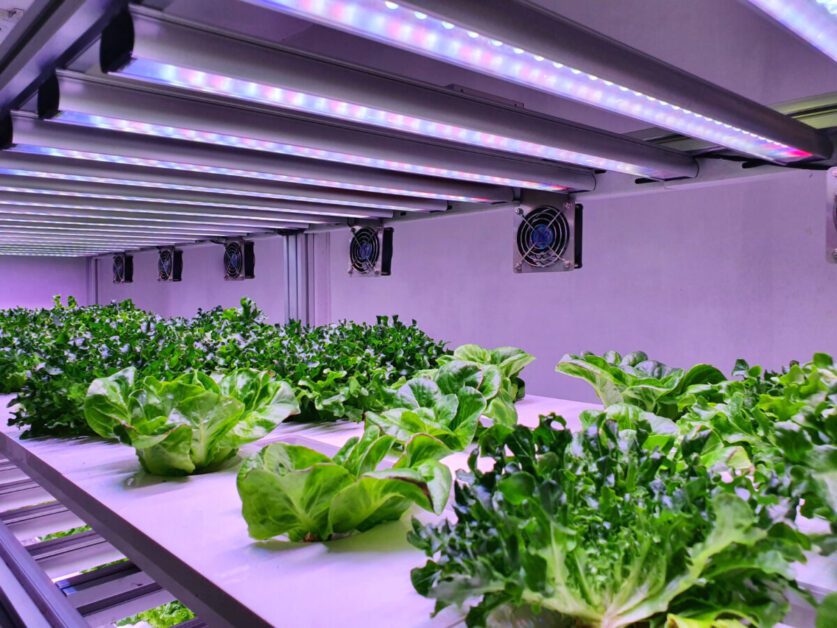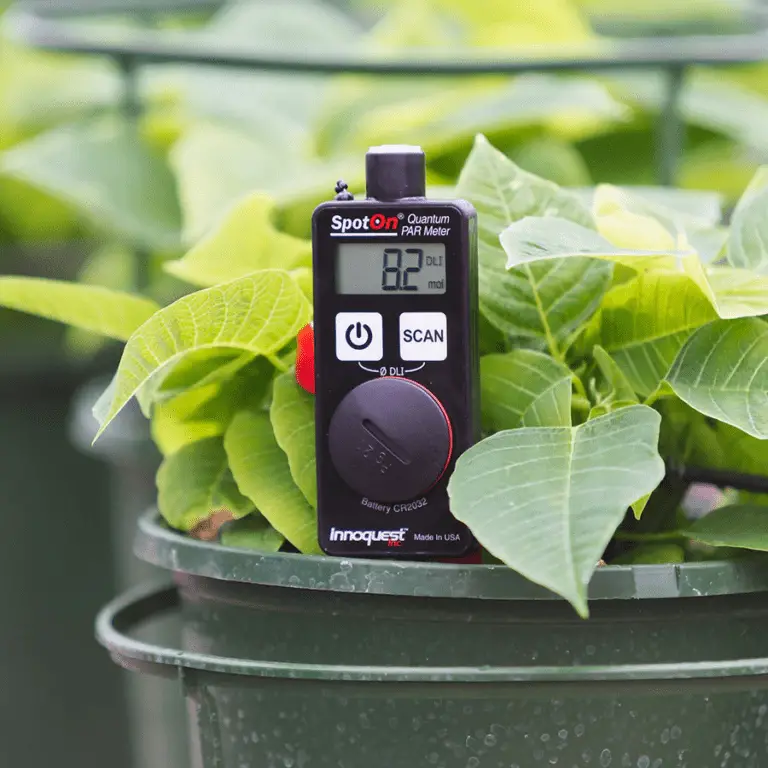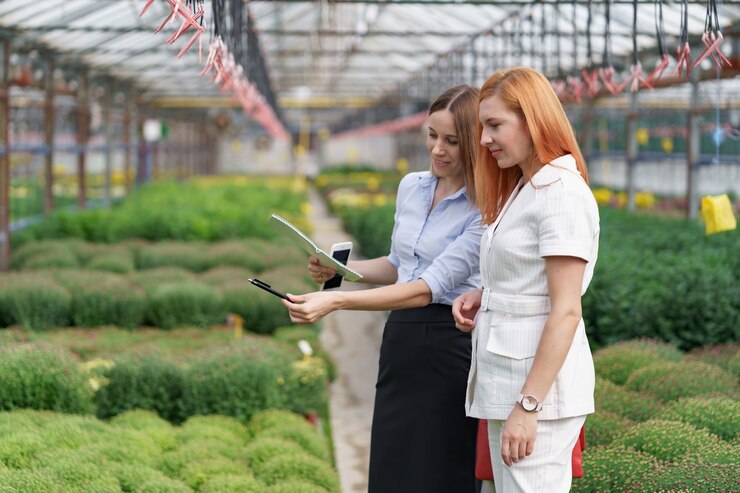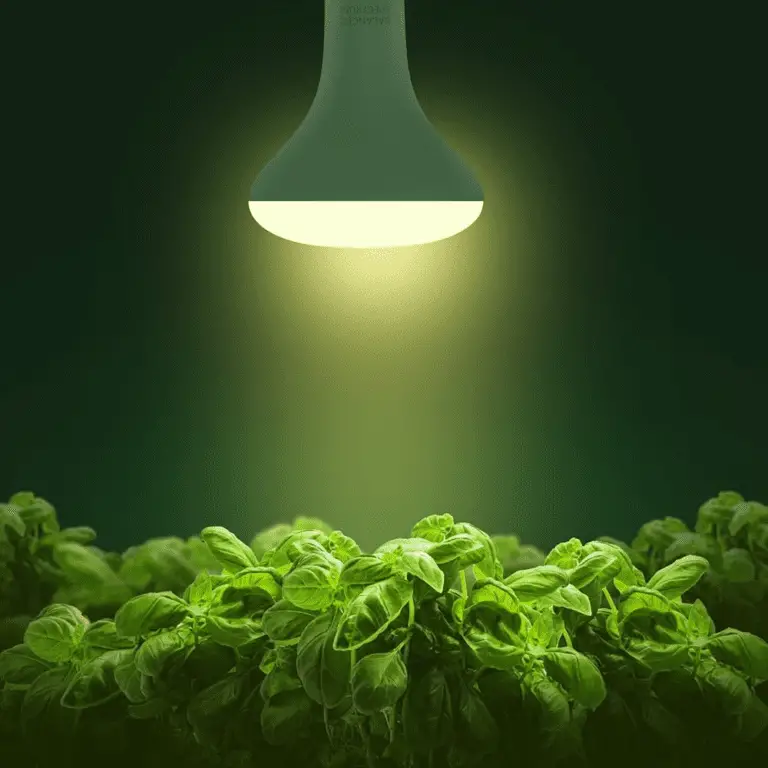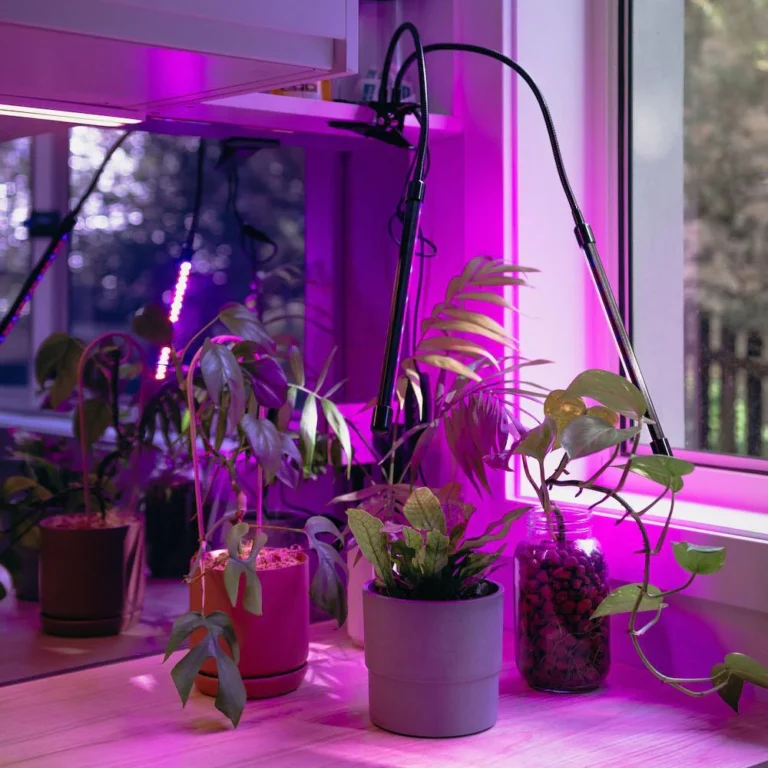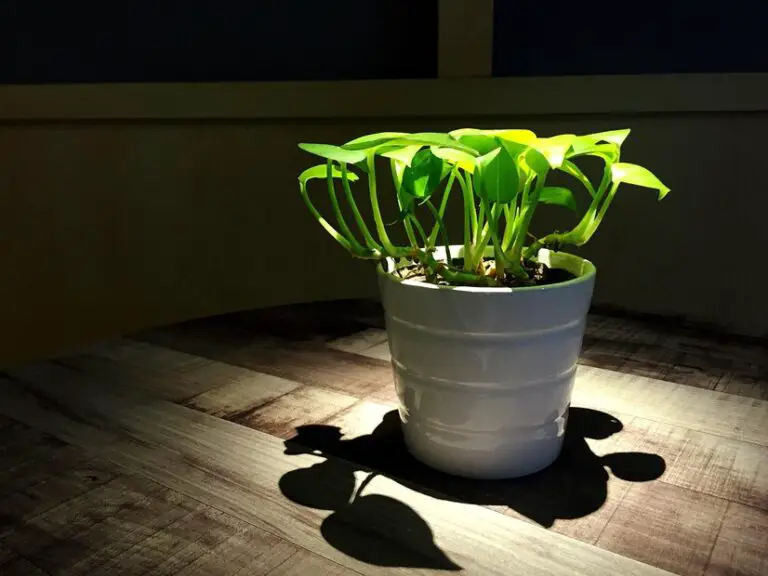Grow Light Reflector Cords and Sockets: A Guide to Choosing and Using the Right Accessories for Your Grow Light
Table of Contents
Understanding the Importance of Grow Light Accessories
When it comes to successful indoor gardening, grow light accessories play a crucial role in ensuring optimal plant growth and development. These accessories not only enhance the efficiency of grow lights but also provide a safe and secure environment for your plants. From reflector cords to sockets, each component serves a specific purpose in maximizing the benefits of your grow lights.
Grow light reflector cords are essential accessories that help direct light from the bulb to your plants effectively. They are designed to increase light distribution and reduce wasted energy, allowing your plants to receive the right amount of light at the right intensity. By using reflector cords, you can ensure that every corner of your growing space is adequately illuminated, promoting uniform plant growth and minimizing the risk of shadowing. Additionally, these cords help optimize light penetration, particularly in dense canopies, ensuring that all parts of your plants receive the necessary light for healthy photosynthesis.
ADDITIONAL NOTES:
Light Optimization: Reflectors optimise light efficiency by directing it towards plants.
Monitoring Tools: Light metres guarantee that the light intensity and spectrum are appropriate for photosynthesis.
Positioning Control: Hangers and movers enable for variable light positioning and coverage adjustments.
Temperature Control: Cooling systems maintain an ideal temperature, minimizing heat stress.
Quality cords and sockets provide a dependable and safe power supply.
Automation and monitoring: Timers and controllers automate light cycles and measure humidity and temperature.
Nutrient Delivery: Drip systems and hydroponic accessories enhance nutrient delivery.
Reflecting Surfaces: Grow tents and reflecting materials trap and reflect light, allowing for more efficient use.
Protection and Enclosures: Light coverings and shades shield plants from excessive heat and light exposure.
Training Structures: Accessories facilitate plant training by optimising space and encouraging even development.
Factors to Consider When Choosing Grow Light Reflector Cords
When choosing grow light reflector cords, there are several important factors to consider. One of the first things to think about is the length of the cord. You’ll want to make sure that it is long enough to reach from your power source to the desired location of your grow lights, without creating any safety hazards. Additionally, it’s crucial to consider the gauge of the cord. The gauge refers to the thickness of the wire inside the cord, and it determines how much electrical current the cord can safely handle. Choosing a cord with the appropriate gauge for your setup will help prevent electrical overloads and potential fire hazards. Finally, it’s worth considering whether you want a cord with a built-in on/off switch. Having a switch directly on the cord can make it more convenient to operate your grow lights, especially if you have multiple lights connected to the same power source. Overall, thinking about the length, gauge, and presence of an on/off switch will help you select the right grow light reflector cord for your needs.
Another key factor to consider when choosing grow light reflector cords is the quality and durability of the cord. Investing in a high-quality cord that is made from durable materials will ensure that it lasts longer and can withstand the demands of a grow room environment. Look for cords that are made from heavy-duty materials such as thick rubber or vinyl, as these are more resistant to wear and tear. It’s also important to consider the connectors on the cord. Opting for cords with sturdy, secure connectors will ensure a reliable connection between the grow lights and the power source. Additionally, consider the overall flexibility of the cord. A flexible cord is easier to handle and maneuver, making installation and adjustment of the grow lights more convenient. By paying attention to the quality, durability, connectors, and flexibility of the cord, you can choose one that meets your expectations and provides optimal performance for your grow light setup.
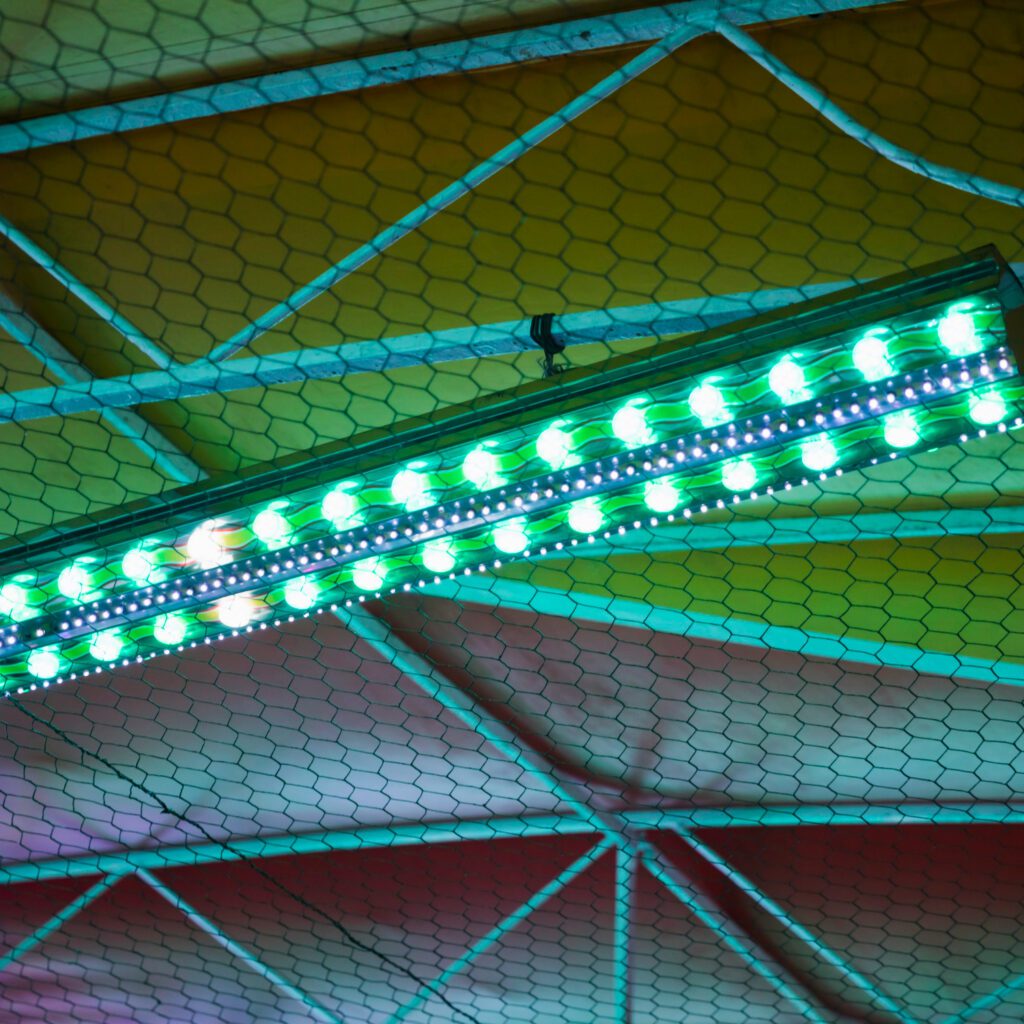
Evaluating the Different Types of Grow Light Reflector Cords
When it comes to selecting the right grow light reflector cords for your indoor gardening setup, it is essential to understand the different types available in the market. The choice of reflector cord can make a significant impact on the efficiency and overall performance of your grow light system.
One commonly used type of reflector cord is the wire-wound cord, which features a flexible metal wire encased in a protective sheath. This type of cord is known for its durability and ability to withstand high temperatures. Wire-wound cords are often preferred in environments where the grow lights generate a lot of heat. Another popular option is the extension cord with a built-in reflector, which eliminates the need for separate reflector cords. These cords are convenient and easy to use, making them a popular choice among indoor gardeners.
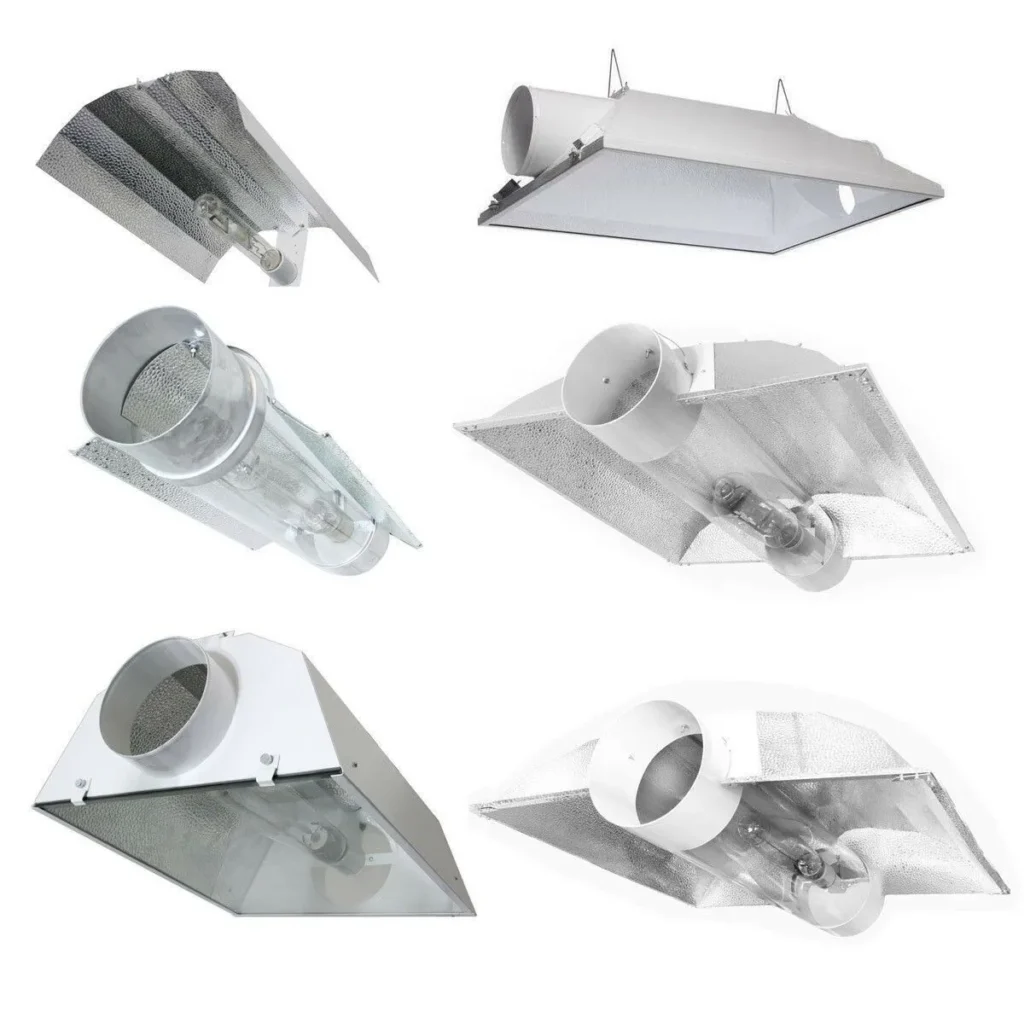
Before making a decision on which type of reflector cord to choose, it is important to consider factors such as the wattage and type of grow light you are using, the distance between the light source and the plants, and the overall layout and design of your grow space. By evaluating these factors in conjunction with the different types of reflector cords available, you can make an informed decision that will enhance the effectiveness of your indoor gardening setup.
The Role of Sockets in Maximizing Grow Light Efficiency
Utilizing the right sockets is essential in maximizing the efficiency of your grow light setup. These small yet crucial components play a significant role in ensuring a stable and secure connection between the grow light fixture and the power supply. By providing a secure electrical connection, sockets help to reduce the risk of power fluctuations or interruptions that can negatively impact the performance of your grow lights.
Furthermore, the type and quality of the socket can affect the overall energy efficiency of your grow light system. High-quality sockets are designed to minimize energy loss and offer superior heat dissipation, resulting in more efficient operation and prolonged lifespan for your grow lights. When selecting sockets for your grow light accessories, it is important to consider factors such as socket size, compatibility with the grow light fixture, and durability. By choosing the appropriate socket, you can ensure optimal performance, reduce energy costs, and create the ideal environment for your plants to thrive.
Key Features to Look for in Grow Light Socket Options
When selecting grow light socket options, there are several key features that you should consider. First and foremost, it is essential to choose a socket that is compatible with the type of grow light you are using. Different lights require different socket designs, so make sure to check the specifications of your grow light before making a purchase.
Another important feature to look for in a grow light socket is durability. Since grow lights are typically used for extended periods of time, it is crucial to choose a socket that can withstand continuous use without wearing out or becoming damaged. Look for sockets made from high-quality materials that are known for their durability, such as ceramic or high-temperature resistant plastics.
Additionally, it is important to consider the ease of installation when choosing a grow light socket. Look for sockets that are user-friendly and can be easily installed without the need for specialized tools or technical expertise. This will save you time and frustration during the setup process, allowing you to get your grow lights up and running smoothly.
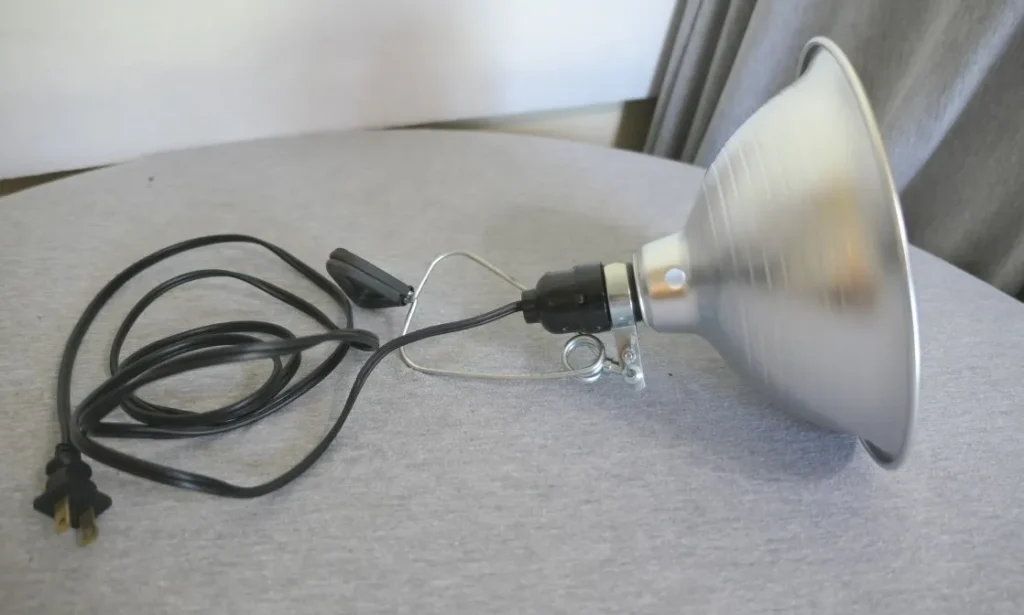
By carefully considering these key features, you can choose a grow light socket that is not only compatible with your grow light, but is also durable and easy to install. Taking the time to select the right socket will ensure optimal performance and efficiency from your grow lights, leading to healthier and more productive plants.
Exploring the Benefits of Using High-Quality Grow Light Cords and Sockets
Using high-quality grow light cords and sockets can bring numerous benefits to your indoor gardening setup. One of the primary advantages is enhanced safety. High-quality cords and sockets are designed to meet strict safety standards and are less likely to cause electrical hazards or fires. They provide secure connections and minimize the risk of overheating, ensuring the safety of both your plants and your property. Additionally, high-quality grow light cords and sockets are more durable and long-lasting. They are built to withstand the demanding conditions of indoor gardening, including high temperatures, moisture, and continuous use. By investing in reliable cords and sockets, you can save money in the long run by avoiding frequent replacements or repairs.
The table below list the benefits of using high-quality grow light cords and sockets
| Benefits | Grow Light Cords | Grow Light Sockets |
|---|---|---|
| 1. Safety | – Meets safety standards and regulations | – Ensures a secure connection for stable power supply |
| – Reduces the risk of electrical issues | – Minimizes the risk of electrical faults | |
| 2. Durability | – Designed for constant use with minimal wear and tear | – Sturdy construction for a longer lifespan |
| – Resistant to environmental factors | – Withstands the rigors of constant use | |
| 3. Reliability | – Contributes to a consistent and stable power supply | – Ensures reliable performance with compatible lights |
| – Minimizes disruptions in the growth cycle | – Reduces the risk of compatibility issues | |
| 4. Energy Efficiency | – Minimizes power losses | – Optimizes conductivity for energy efficiency |
Another benefit of using high-quality grow light cords and sockets is improved efficiency. These accessories are designed to provide a strong and consistent electrical connection, which directly affects the performance of your grow lights. With optimal electrical transmission, your lights can operate at their full potential, ensuring that your plants receive the right amount of light for healthy growth. This efficiency not only promotes plant development but also saves energy. High-quality cords and sockets minimize energy wastage and can contribute to lowering your electricity bills. By choosing dependable accessories, you can create an efficient and cost-effective indoor gardening environment that maximizes the potential of your plants.
Common Mistakes to Avoid When Selecting Grow Light Accessories
When it comes to selecting grow light accessories, it’s important to avoid some common mistakes that can have a significant impact on the performance and efficiency of your setup. One of the most common mistakes is choosing the wrong size or type of grow light reflector cord. It’s crucial to choose a cord that is compatible with your grow light fixture to ensure proper connectivity and optimal light distribution. Additionally, selecting a cord that is too short for the size of your grow area can limit the coverage and effectiveness of your grow lights. On the other hand, selecting a cord that is too long can create unnecessary clutter and increase the risk of accidents or damage to the cord. Therefore, it’s essential to carefully measure the distance between your grow lights and power source to select a cord of the appropriate length.
Another mistake to avoid is overlooking the importance of high-quality sockets. Choosing low-quality or incompatible sockets can lead to poor electrical connections, heat buildup, and decreased efficiency of your grow lights. It’s crucial to select sockets that are designed for the specific wattage and voltage requirements of your grow light bulbs. Additionally, consider sockets that are durable and heat-resistant, as they will be subjected to high temperatures for extended periods of time. Neglecting these factors can result in frequent bulb burnouts, reduced light intensity, and overall diminished performance of your grow light system.
By avoiding these common mistakes and taking the time to carefully select the right grow light reflector cords and sockets, you can ensure optimal performance and efficiency in your indoor garden.
Tips for Properly Installing Grow Light Reflector Cords and Sockets
Installing grow light reflector cords and sockets properly is crucial for ensuring optimal performance and safety in your indoor garden. When it comes to setting up your grow lights, here are some important tips to keep in mind.
Firstly, it is essential to carefully read and follow the manufacturer’s instructions for installing reflector cords and sockets. Each brand may have specific requirements, and deviating from these instructions could lead to inefficient light distribution or even potential hazards.
Secondly, make sure to choose the appropriate cord and socket types for your specific grow light system. Consider factors such as wattage, voltage, and compatibility with your grow light reflector. Using the wrong cord or socket can not only affect the effectiveness of your lighting but also pose a fire risk.
When installing the reflector cords, ensure that they are securely attached and properly supported. Hanging cords should be safely secured to prevent any sagging, which can cause uneven light distribution and potential damage to the cords over time.
Moreover, it is essential to inspect the cords and sockets regularly to identify any signs of wear or damage. Replace any faulty components immediately to prevent electrical issues and maintain the efficiency and safety of your grow light system.
Proper installation of grow light reflector cords and sockets is essential for maximizing the productivity of your indoor garden. By following these tips, you can ensure that your grow lights are set up correctly, providing your plants with the ideal lighting conditions for healthy growth and abundant yields.
How to Maintain and Clean Your Grow Light Accessories for Optimal Performance
Maintenance and cleaning are essential tasks to ensure optimal performance of your grow light accessories. Regular maintenance not only extends the lifespan of your equipment but also helps maintain efficiency and productivity in your grow space. Here are some tips on how to effectively maintain and clean your grow light accessories.
Firstly, it is important to turn off and unplug your grow lights before attempting any maintenance or cleaning. This ensures your safety and prevents any potential electrical accidents. Start by inspecting the reflector cords and sockets for any signs of wear or damage. Replace any frayed or damaged cords immediately to avoid any electrical hazards.
To clean the reflector cords and sockets, use a soft cloth or a small brush to remove any dust or debris that may have accumulated. Be gentle while cleaning to avoid damaging the delicate components of the accessories. Avoid using water or any liquid cleaners, as moisture can cause shorts or corrosion in the electrical connections.
Additionally, proper ventilation is crucial for maintaining your grow light accessories. Make sure the vents and heat sinks are free from dust and debris, as this can impact the cooling efficiency of your lights. Use a can of compressed air or a soft brush to remove any build-up on these surfaces.
Regularly inspect and clean the bulbs or lamps, as dust or dirt can reduce their lighting effectiveness. Follow the manufacturer’s guidelines on how to safely clean the bulbs, as some may require specific care. In addition to cleaning, it is important to regularly replace the bulbs according to their recommended lifespan. This ensures optimal light output and helps avoid any decline in plant growth.
Remember, proper maintenance and cleaning of your grow light accessories not only enhance their performance but also promote a healthy and thriving growing environment. Implementing these maintenance practices will help you get the most out of your grow lights and ensure successful plant growth.
To know more about grow light accessories, watch the video!
Troubleshooting Common Issues with Grow Light Cords and Sockets
One common issue that gardeners may encounter with grow light cords and sockets is a lack of electrical connectivity. This can result in the light not turning on or flickering intermittently. To troubleshoot this problem, it is important to check the power source and ensure that it is functioning properly. Inspect the cord for any damage or loose connections, and if necessary, replace the cord or socket to ensure a secure electrical connection. It is also advisable to check the wattage requirements of the grow light and ensure that the cord and socket can handle the power load.
Another common issue that may arise is overheating of the cords and sockets. This can occur when the grow light is left on for extended periods without proper ventilation, or if the cords and sockets are overloaded with excessive wattage. Overheating can lead to fire hazards and damage to the equipment. To troubleshoot this issue, it is important to ensure proper ventilation around the grow light and avoid overloading the cords and sockets beyond their recommended wattage capacity. Regularly inspect the cords for signs of overheating, such as discoloration or melting, and replace any damaged components promptly. Additionally, it is recommended to use high-quality cords and sockets that are designed to handle the heat generated by grow lights.
• Inspect the power source and ensure it is functioning properly
• Check the cord for any damage or loose connections
• Replace the cord or socket if necessary to ensure a secure electrical connection
• Verify that the cord and socket can handle the wattage requirements of the grow light
• Ensure proper ventilation around the grow light to prevent overheating
• Avoid overloading cords and sockets with excessive wattage
• Regularly inspect cords for signs of overheating, such as discoloration or melting
• Promptly replace any damaged components
• Use high-quality cords and sockets designed to handle heat generated by grow lights
Enhancing Safety Measures with Grow Light Accessories
When it comes to setting up a grow light system, safety should always be a top priority. Enhancing safety measures with the right grow light accessories can help ensure that your indoor garden thrives while avoiding any potential hazards.
One essential accessory to consider is a surge protector. This device acts as a safeguard against power surges, which can cause damage to your grow lights and other electrical components. Investing in a high-quality surge protector with built-in circuit breakers can provide peace of mind and protect your equipment from unexpected electrical issues.
Additionally, it is crucial to use fire-resistant materials for your grow light setup, such as heat-resistant cords and sockets. These accessories are designed to withstand the high temperatures generated by grow lights, reducing the risk of fire or electrical accidents. Choosing fire-resistant materials not only increases safety but also extends the lifespan of your grow light system.
With the right safety measures in place, you can confidently cultivate your indoor garden and enjoy the benefits of a successful and secure growing environment. But it’s important to note that safety precautions should not stop at the initial setup. Regular maintenance and proper usage of grow light accessories are equally important to ensure ongoing safety. In the next section, we will explore how to maintain and clean your grow light accessories for optimal performance.
Understanding the Electrical Requirements for Grow Light Accessories
When it comes to selecting and installing grow light accessories, understanding the electrical requirements is essential. It is crucial to ensure that the accessories you choose are compatible with your electrical setup for safe and efficient operation.
One of the primary considerations is the voltage and wattage requirements of your grow light system. Different types of grow lights may have specific voltage and wattage requirements, and it is crucial to match these requirements to the power supply in your grow space. Using accessories with incompatible electrical specifications can result in inefficient operation, reduced light output, or even damage to the equipment. Consult the manufacturer’s specifications or seek professional advice to determine the electrical requirements of your grow light system.
Additionally, it is vital to consider the amperage capacity of your electrical circuits. Overloading a circuit can lead to tripped breakers or even electrical fires. Calculate the amperage requirements of your grow lights and any additional accessories, such as fans or pumps, and ensure that your electrical circuits can handle the load. If necessary, consult an electrician to evaluate and upgrade your electrical system to ensure safe operation.
Understanding the electrical requirements for grow light accessories is a crucial step in creating a successful indoor gardening setup. By ensuring compatibility and paying attention to safety considerations, you can maximize the performance and longevity of your grow lights while minimizing the risk of electrical issues.
Exploring Additional Accessories to Enhance Your Grow Light Setup
Enhancing the efficiency and effectiveness of your grow light setup can be achieved through the use of additional accessories. These accessories are designed to optimize the performance of your grow lights, allowing you to create the ideal environment for your plants to thrive. One such accessory is a light controller, which provides you with the ability to automate the timing and intensity of your grow lights, ensuring that your plants receive the right amount of light at the right time. By using a light controller, you can easily adjust the lighting schedule to mimic natural sunlight, promoting healthy growth and development. Another accessory to consider is a light meter, which allows you to accurately measure the intensity of your grow lights. This can be especially useful when trying to determine if your plants are receiving enough light, as different plants have different light requirements. By using a light meter, you can ensure that your plants are getting the optimal amount of light for photosynthesis and growth.
In addition to these accessories, there are other options available to enhance your grow light setup. For example, a light mover can help distribute light evenly throughout your growing space, preventing hot spots and ensuring that all plants receive an equal amount of light. This can be particularly beneficial in larger grow spaces or when using multiple grow lights. Another accessory to consider is a reflective material, such as mylar or reflective tape. Applying these materials to the walls or surfaces surrounding your plants can help maximize the amount of light that reaches your plants, further increasing their growth potential. By utilizing these additional accessories, you can take your grow light setup to the next level, providing your plants with the optimal conditions for healthy and abundant growth.
What are some additional accessories that can enhance my grow light setup?
There are several additional accessories that can enhance your grow light setup, such as light hangers or pulleys for easy height adjustment, light timers for automated lighting schedules, and light meters to measure the intensity of your grow lights. Additionally, reflective materials like Mylar or white paint can be used to maximize light distribution in your growing space.
How do light hangers or pulleys improve my grow light setup?
Light hangers or pulleys provide a convenient way to adjust the height of your grow lights as your plants grow. This ensures that the lights are always at the optimal distance from your plants, maximizing their exposure to light and promoting healthy growth.
What are the benefits of using light timers for my grow lights?
Light timers allow you to automate your lighting schedule, ensuring that your plants receive consistent and appropriate amounts of light each day. This can be especially helpful if you’re unable to manually turn the lights on and off at the same times every day.
How can a light meter help me optimize my grow light setup?
A light meter measures the intensity of light in your growing space, allowing you to determine if your plants are receiving the optimal amount of light. By monitoring light levels, you can adjust the positioning of your grow lights or add additional lights if necessary to ensure optimal plant growth.
Can reflective materials really enhance the effectiveness of my grow lights?
Yes, reflective materials like Mylar or white paint can significantly improve the effectiveness of your grow lights. They help redirect and evenly distribute light throughout your growing space, preventing light loss and ensuring that more of the light reaches your plants.
How do I choose the right reflective material for my grow light setup?
When choosing a reflective material, look for ones with a high reflectivity rating, preferably above 90%. Additionally, consider the durability and ease of installation of the material. Mylar is a popular choice for its high reflectivity and affordability.
Can I use any type of light bulb with my grow light socket?
No, it is important to use bulbs specifically designed for grow lights with the appropriate socket. These bulbs are specifically designed to emit the right spectrum of light for plant growth and may have unique socket requirements.
How do I troubleshoot common issues with grow light cords and sockets?
If you are experiencing issues with your grow light cords or sockets, first check that they are securely connected and that the power source is functioning properly. If the issue persists, try replacing the cord or socket to see if that resolves the problem. If all else fails, consult a professional electrician for further assistance.
What are some important safety measures to consider when using grow light accessories?
It is crucial to follow all safety guidelines provided by the manufacturer when using grow light accessories. Ensure that your electrical connections are properly grounded and avoid overloading circuits. Regularly inspect cords and sockets for any signs of damage or wear and promptly replace them if necessary.
Are there any specific electrical requirements I should be aware of when using grow light accessories?
Yes, it is important to consider the electrical requirements of your grow light accessories to ensure safe and efficient operation. Make sure to use cords and sockets that are compatible with the wattage and voltage of your grow lights. Consult the manufacturer’s specifications or seek professional advice if you are unsure.

